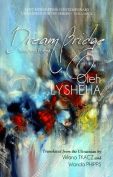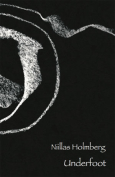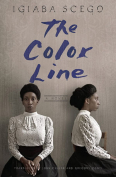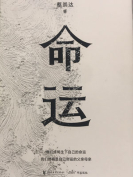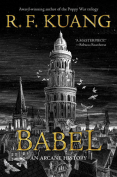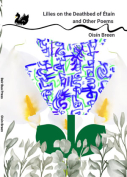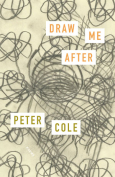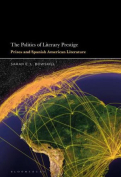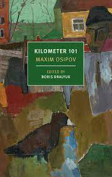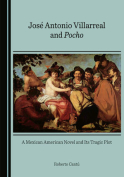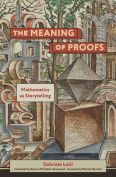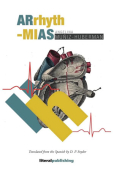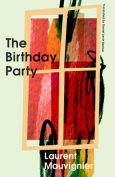The Meaning of Proofs: Mathematics as Storytelling by Gabriele Lolli
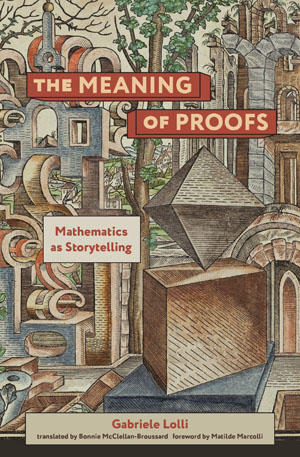 Cambridge, Massachusetts. MIT Press. 2022. 176 pages.
Cambridge, Massachusetts. MIT Press. 2022. 176 pages.
Mathematics has been feared by many and loved by some for its rigor, symbolism, and brevity. Literature on mathematics abounds with technical, biographical, historical, and recreational titles. This book, The Meaning of Proofs: Mathematics as Storytelling, is not about such things, however. It attempts to present mathematical proofs as forms of narrative. It is a philosophical rumination on why mathematical proofs are expressed the way they are.
The purpose of the book, as singled out in the preface, is to convince the reader of the idea that a natural way to conceive and understand a proof is to present and see it as a narrative. However, by presenting mathematical proofs as narratives, one must not mistake that to understand a proof, it is essential to know the biographical details of the one who came up with it. Narrating a piece in mathematics does not involve summarizing what is known about it, nor does it involve an account of the lives of mathematicians or logicians. In essence, it means bringing to the discussion the content and subject matter of that piece in mathematics.
The concepts of limits in calculus and the one-to-one correspondence between the whole numbers and natural numbers in set theory are best understood through stories such as Zeno’s paradox and Hilbert’s grand hotel. These are essentially narratives brought about to bring the notions of limits, bijections, and infinite sets home to readers and students. Narratives have not only been relevant but also instrumental in shaping the pedagogy of mathematics. As a matter of fact, mathematics education, a branch of applied mathematics, aims at a deliberate and extensive use of such narratives to realize its objectives.
The book is not aimed at an only-mathematical audience, rather it envisages to address any intellectually curious one. The employment of literature as a proxy for mathematics is a beautiful idea aimed at making it evident that the two subjects are not, in reality, as different as many people think. This idea is, in fact, gaining unprecedented impetus in the form of publications such as this one and Statistical Universals of Language (2021), by Kumiko Tanaka-Ishii, which aims to make the statement that language has a lot more in common with statistics than we realize.
Interestingly, the author shows how, contrary to the common belief, metaphors and images pervade the literature of mathematical proofs. In mathematical proofs, visual diagrams and mechanical devices serve a twofold purpose. On one hand, they bring to the fore how narrative tools were viewed in ancient times; and on the other, they are pivotal in the context of contemporary research on automated theorem-proving that attempts to prove theorems in mathematics using computer programs.
If mathematics is confined to its symbols and diagrams, it is difficult to listen to it. However, if it is presented as narratives, it is likely to attract more of an audience and have a wider reach. Then, it is also very likely to be embraced with open arms and be held dearer.
This book analyzes the narrative of proofs at two levels—the grand and the individual. The grand narratives influence the ramifications of the subject over a considerably long period of time and are brought about, usually, by a large number of authors and papers. A case in point is Klein’s Erlangen program, in 1872, that advocated the study of mathematical objects in terms of their symmetries and transformations. This idea soon became the talk of the town in both modern mathematics and theoretical physics. The individual narratives include specific papers highlighting proofs that are written as narratives unique in style and presentation. Concerning the individual narratives, the book analyzes how some individual proofs are modeled on ancient Greek composition forms.
As Bruce Springsteen once said, stories save lives. To him, writers tell stories with the aim of saving themselves. It has been critically observed that the ideas expressed in mathematical proofs are common to all humans. This has beautifully been exemplified by Michael Frame in his recent book, Geometry of Grief: Reflections on Mathematics, Loss, and Life (2021), wherein he gives rise to a geometric model of mental states and shows how a manipulation of this geometry may redirect our thinking, thereby resulting in the mitigation of the pain and suffering that spring out of the loss of dear ones.
Gabriele Lolli’s research lies in the domain of logic, and that seems to have been instrumental in the choice of the topics of her book. In all, the book is a beautiful exposition of a brand-new way of looking at mathematical proofs.
Firdous Ahmad Mala
Government Degree College Sopore
